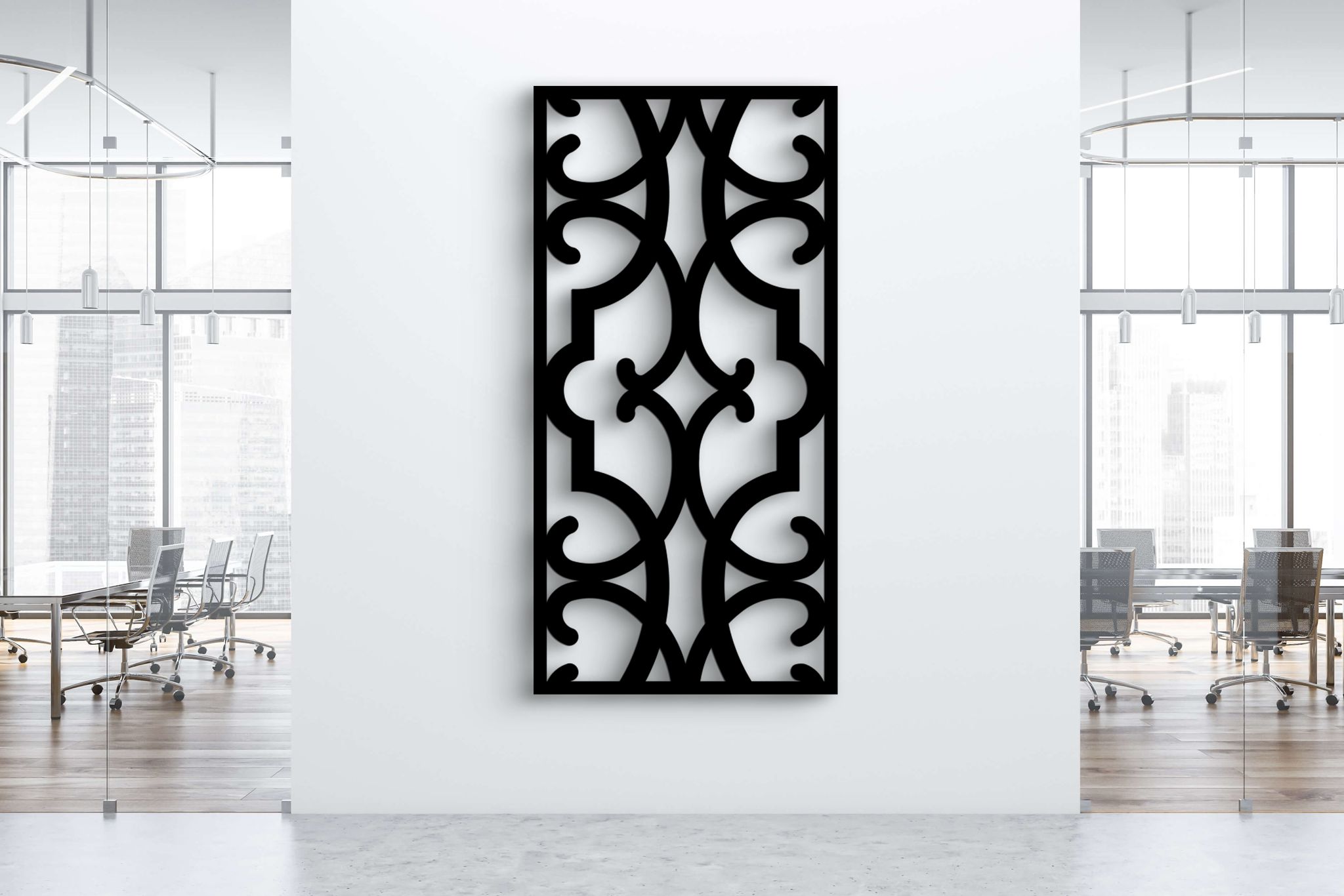Wall panels are a versatile and stylish way to transform the look and feel of any room. Whether you’re looking to add texture, depth, or insulation, there are various types of wall panels to suit your needs. With so many options available, choosing the right type of wall panel for your space can feel overwhelming. In this guide, we’ll explore different types of wall panels, their benefits, and how to decide which is right for you.
1. Wooden Wall Panels
Wooden wall panels are a timeless classic. Known for their natural beauty and warmth, wooden panels can instantly make a room feel cosy and inviting. These panels are typically made from solid wood or engineered wood products like MDF (Medium-Density Fibreboard) or plywood.
Pros:
- Aesthetic Appeal: Wooden panels bring an earthy, traditional charm to any space, making them ideal for rustic or country-style homes.
- Durability: Solid wood panels are durable and long-lasting, especially when properly maintained.
- Versatility: Wooden wall panels come in various styles, from tongue-and-groove designs to shiplap and wainscoting, allowing you to create different looks.
Cons:
- Cost: High-quality wooden panels can be more expensive than other materials.
- Maintenance: Wood requires regular maintenance, such as polishing or treating, to protect it from moisture and wear.
Best for:
Living rooms, bedrooms, and dining areas where you want to create a warm, cosy atmosphere.

2. MDF Wall Panels
MDF (Medium-Density Fibreboard) wall panels are a popular choice due to their affordability and versatility. MDF is made from wood fibres and resin, which are compressed to create a smooth, dense material.
Pros:
- Affordable: MDF is generally less expensive than solid wood panels, making it a budget-friendly option.
- Smooth Finish: MDF panels have a smooth, uniform finish that’s ideal for painting and custom designs.
- Moisture-Resistant Options: Some MDF panels are treated to resist moisture, making them suitable for bathrooms and kitchens.
Cons:
- Less Durable than Wood: While durable, MDF is not as strong as solid wood and can be prone to damage over time.
- Not Suitable for High-Humidity Areas: If not properly sealed, MDF can swell or warp when exposed to high humidity.
Best for:
Hallways, living rooms, and feature walls where cost-effectiveness and design flexibility are important.
3. PVC Wall Panels
PVC (Polyvinyl Chloride) wall panels are made from plastic and offer a sleek, modern finish. These panels are waterproof, making them ideal for areas where moisture is a concern.
Pros:
- Waterproof: PVC panels are 100% waterproof, making them perfect for bathrooms, kitchens, and basements.
- Low Maintenance: They are easy to clean and require little maintenance over time.
- Cost-Effective: PVC panels are relatively inexpensive and provide a modern look at an affordable price.
Cons:
- Plastic Feel: Some people may find the plastic appearance of PVC less attractive than natural materials like wood or stone.
- Limited Designs: While there are a variety of finishes, the design options are not as diverse as other materials like MDF or wood.
Best for:
Bathrooms, kitchens, basements, or any area that experiences high levels of moisture.
4. Stone Veneer Wall Panels
If you’re looking to add a touch of luxury to your space, stone veneer wall panels are a great option. These panels mimic the appearance of real stone but are lighter and easier to install.
Pros:
- Luxurious Look: Stone veneer panels add a touch of elegance and sophistication to any space.
- Durable: Stone panels are highly durable and can withstand the elements, making them suitable for both indoor and outdoor use.
- Low Maintenance: These panels are resistant to wear and tear, requiring minimal maintenance.
Cons:
- Cost: Stone veneer can be more expensive than other wall panel materials.
- Installation: While lighter than real stone, stone veneer can still be heavy and may require professional installation.
Best for:
Living rooms, feature walls, fireplaces, and outdoor spaces where you want to create a luxurious, high-end feel.
5. 3D Wall Panels
3D wall panels are a modern and stylish way to add depth and texture to a room. These panels are available in various materials, including PVC, MDF, and gypsum, and come in unique, raised designs.
Pros:
- Eye-Catching: 3D panels create a dynamic, visually interesting look that can make a room stand out.
- Customisable: Available in a wide range of patterns, designs, and materials, 3D panels allow for plenty of creative expression.
- Lightweight: Most 3D wall panels are lightweight and easy to install.
Cons:
- Cost: High-quality 3D panels can be more expensive than flat wall panels.
- Limited Suitability: 3D panels are more suited for feature walls and may not be ideal for every room.
Best for:
Feature walls in living rooms, bedrooms, or offices where you want to create a bold, contemporary statement.
6. Glass Wall Panels
Glass wall panels are a modern and elegant option, often used in commercial spaces or high-end homes. They can be clear, frosted, or tinted, providing a sleek and sophisticated look.
Pros:
- Stylish: Glass panels give a modern, clean appearance that’s ideal for contemporary spaces.
- Light Reflective: Glass reflects light, making a room feel brighter and more open.
- Easy to Clean: Glass is low maintenance and easy to clean.
Cons:
- Fragility: Glass panels can be fragile and may require careful handling and installation.
- Cost: Custom glass panels can be expensive.
Best for:
Bathrooms, kitchens, and offices where you want a modern, sleek look with added light.
Conclusion
Choosing the right wall panel for your home depends on several factors, including the style you want to achieve, the room’s purpose, and your budget. Wooden panels provide warmth and traditional charm, while MDF and PVC panels offer cost-effective solutions. Stone veneer panels add luxury, and 3D panels create a modern, textured look. Whatever your design goals, there’s a wall panel type that’s perfect for your space.
If you’re looking to enhance your home’s interior design, consider the variety of wall panels available and choose the one that best fits your aesthetic and practical needs. Wall panels not only enhance the appearance of your home but can also improve insulation, soundproofing, and durability, making them a smart choice for any renovation.
